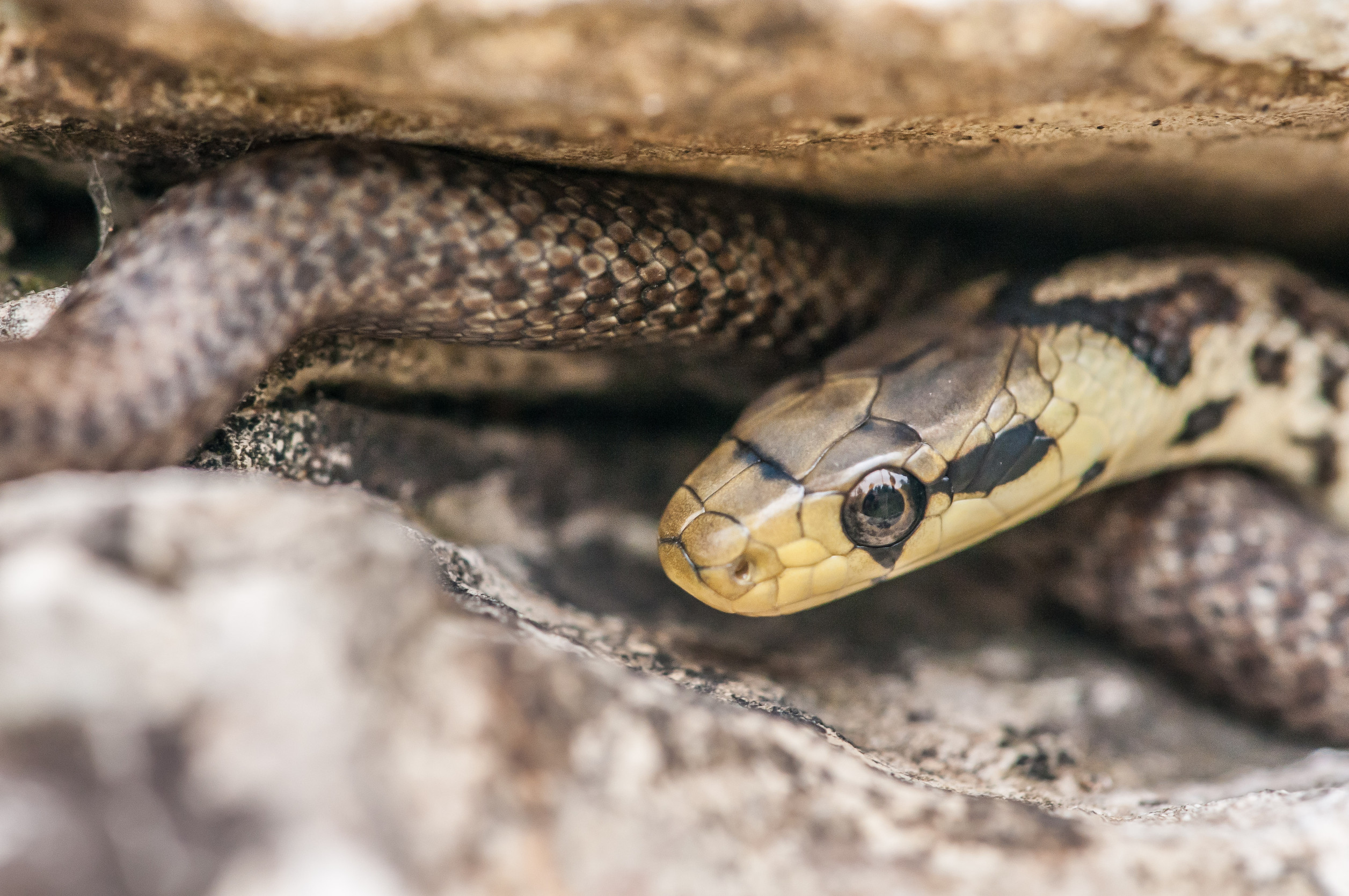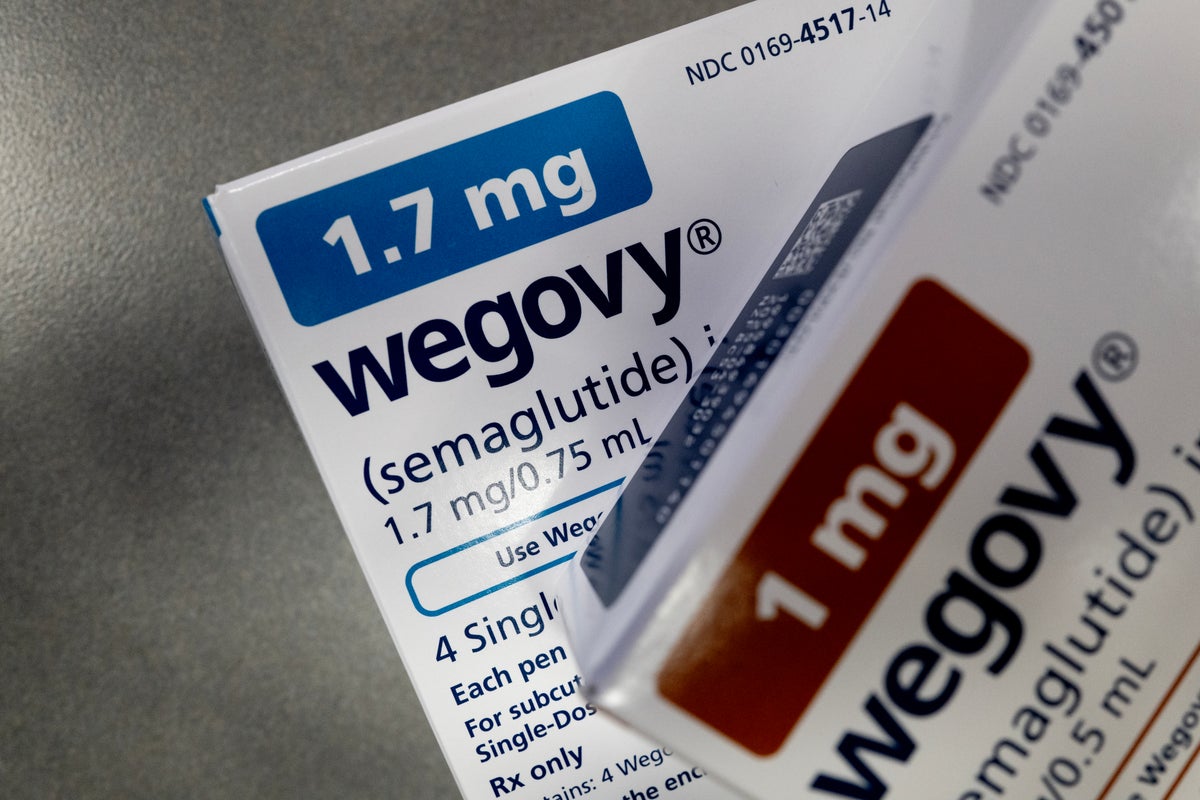BY THE OPTIMIST DAILY EDITORIAL TEAMTim Friede has been bitten by venomous snakes around 200 times and lives to tell the tale. No, not by accident, but on purpose. By cobras, black mambas, kraits, taipans — you name it.
He didn’t do it for shock value, though his story is jaw-dropping. He did it to build immunity, and now, to potentially save lives.“My first couple bites were really crazy,” Friede admits.

“It’s like a bee sting times a thousand. I mean, you can have levels of anxiety that go through the roof.” Still, he persisted.
After surviving two cobra bites that put him in a coma for four days, Friede pressed on. He believed that repeated exposure might make his body a treasure trove of antibodies—and, possibly, a key to a universal snakebite treatment.A venomous global problemEvery year, snakebites kill tens of thousands and maim hundreds of thousands more, especially in tropical and lower-income regions.
“They might lose a limb, they might lose function, they might need huge surgeries or skin grafts,” explains molecular biologist Stuart Ainsworth from the University of Liverpool.In many regions, bites from neurotoxic snakes cause paralysis and, often, death due to suffocation. Others wreak havoc on the blood, leading to strokes or heart attacks.
The diversity of venom effects has made crafting a single, broad-spectrum antivenom one of modern medicine’s more elusive pursuits.Enter: the human antidoteFor decades, antivenoms have been derived from horse antibodies. While effective, the process is complex, expensive, and often tailored to specific snakes.
Jacob Glanville, CEO of biotech company Centivax, thought there might be a better way. His previous work on universal vaccines inspired a new idea: What if there was a person whose immune system already had the perfect antibody cocktail?That’s when Glanville discovered Tim Friede.“You’re the guy I’m looking for.
We need your blood. We need your antibodies,” Glanville told him.Glanville’s team began scanning Friede’s blood for broadly neutralizing antibodies.
Jackpot: they found one that latched onto a conserved site used by neurotoxins to cause paralysis. When tested in mice, it protected them fully against five different snakes, including the infamous black mamba.Mixing a better cocktailThe scientists didn’t stop at one antibody.
Encouraged by a suggestion from Cell editors, the team added two more ingredients: a second antibody from Friede’s blood and a molecule called varespladib. The results were striking. The three-part cocktail protected mice from the effects of 13 snake species and partially from six more—spanning Africa, Asia, Australia, and the Americas.
While broad-acting antivenoms exist, this marks the first time synthetic human antibodies have played the starring role.What’s next?WHO advisor David Williams calls the study a “step in the right direction,” but adds that human trials are crucial. Antivenoms must be tested against the messy reality of venom, which contains many different toxins.
“You’re only neutralizing two components. What will the others do?” Ainsworth echoes, noting the need for real-world proof.Vipers, which account for about half of the world’s venomous snakes, are not yet covered by this cocktail—but Centivax plans to expand its reach.
They’ll start by testing the treatment in dogs bitten by Australian snakes, and hope to secure philanthropic support for full clinical trials.The stakes are high: the global antivenom market sits around 600 million dollars, divided among dozens of products. A universal solution could be both a humanitarian breakthrough and a commercial game-changer.
From pincushion to pioneerFriede, now Centivax’s director of herpetology, says he was stunned when he learned his decades of risk-taking had paid off.“I couldn’t believe it. I really couldn’t believe it,” he says.
“I know I’m doing something for humanity and giving back to science.”Though Glanville has strongly discouraged further bites, Friede admits to missing the mental focus they required. “Just knowing where you can take your mind.
.. to know you can beat that and keep your calm and keep your cool, it’s a wonderful thing.
”Here’s to the man who found snakes easier to understand than people—his antibodies might just rewrite the story for thousands of future survivors.Source study: Cell—Snake venom protection by a cocktail of varespladib and broadly neutralizing human antibodies The post Meet the man who took 200 snake bites so science could strike back first appeared on The Optimist Daily: Making Solutions the News..
Health

Meet the man who took 200 snake bites so science could strike back

BY THE OPTIMIST DAILY EDITORIAL TEAM Tim Friede has been bitten by venomous snakes around 200 times and lives to tell the tale. No, not by accident, but on purpose. By cobras, black mambas, kraits, taipans — you name it. He didn’t do it for shock value, though his story is jaw-dropping. He did it [...]The post Meet the man who took 200 snake bites so science could strike back first appeared on The Optimist Daily: Making Solutions the News.















